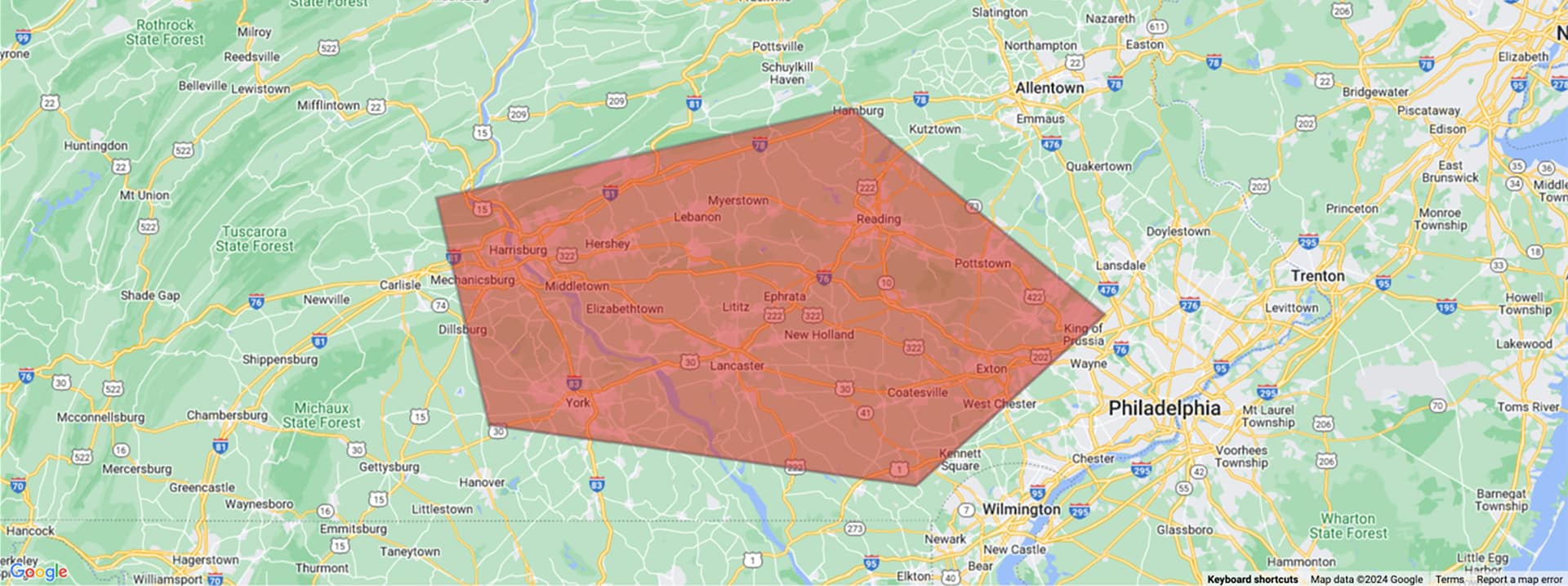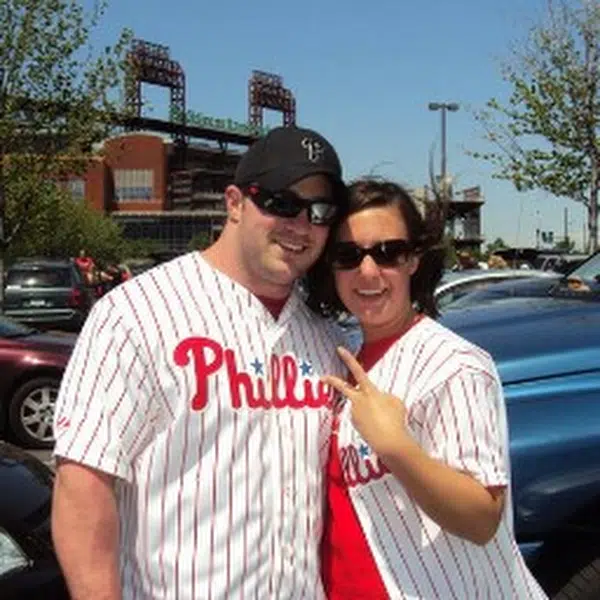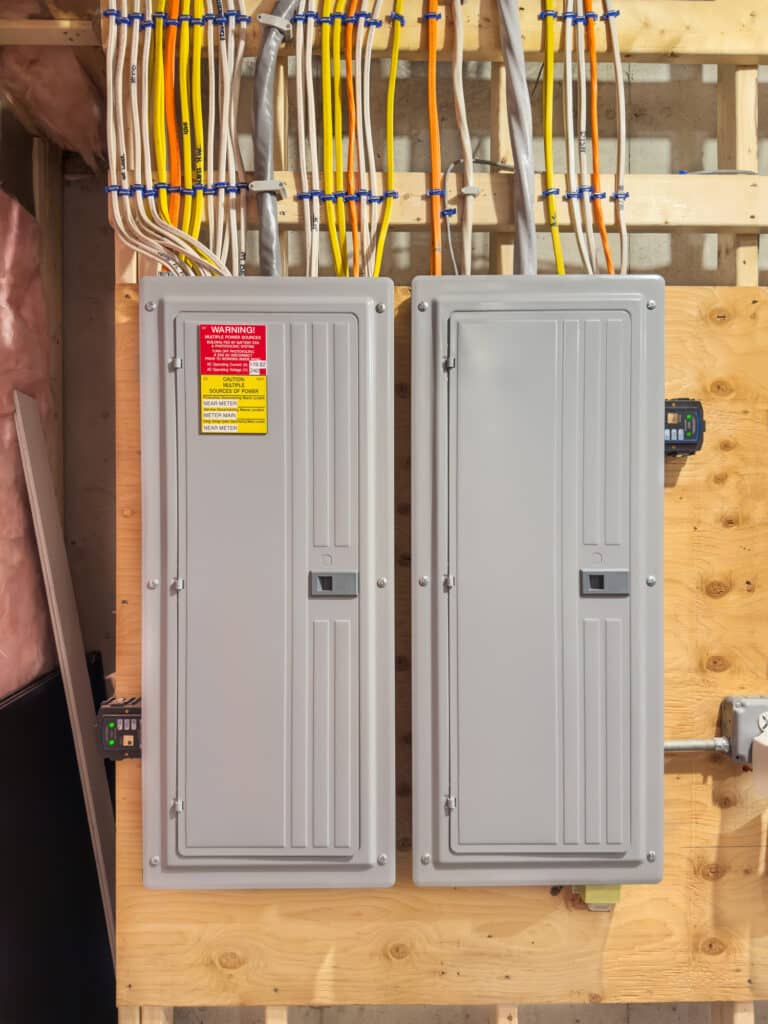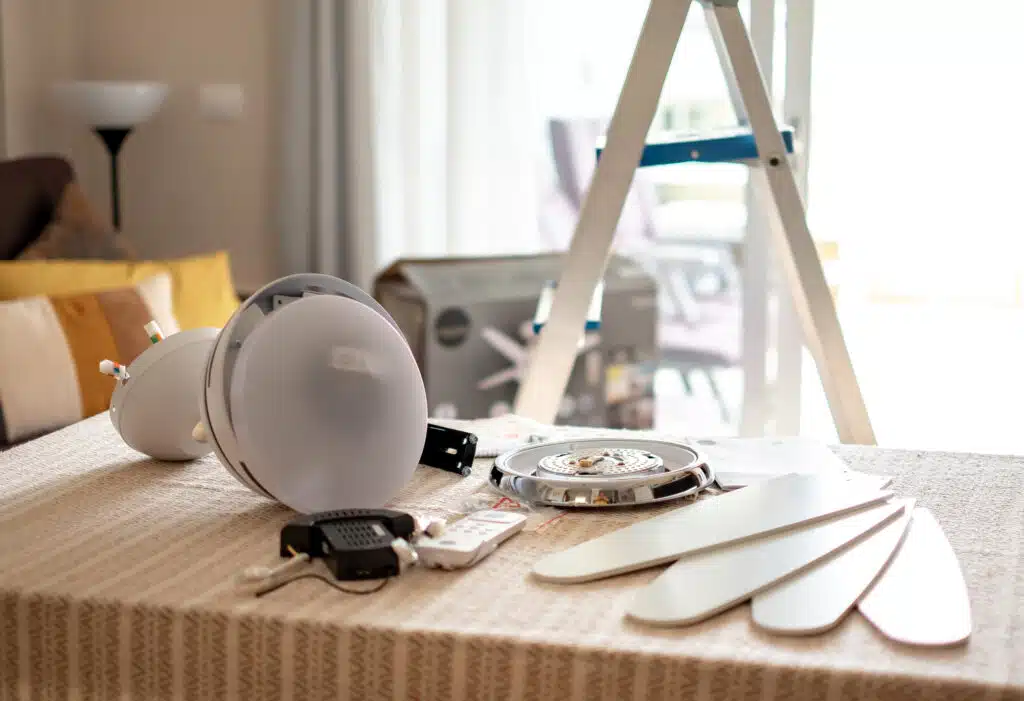Planning a fall event outdoors? From pumpkin festivals to cozy backyard gatherings, these events can be a lot of fun. But have you thought about the electrical safety aspect? With all the lights, heaters, and sound systems often used, a small mistake can lead to a big problem.
Understanding basic electrical safety is key to making sure your event goes off without a hitch! So, let’s dive into some simple Electrical Safety tips to keep your gathering safe and your guests worry-free.
Importance of Electrical Safety
When you’re setting up and ensuring electrical safety for fall gatherings in areas like Lancaster, PA, York, PA, or Harrisburg, PA, you’ll probably need to use several electrical devices to keep everything running smoothly.
Whether it’s for lighting, sound equipment, or food stations, having a safe electrical setup can prevent accidents and keep your event running without a hitch.
Ignoring electrical safety can lead to some serious hazards, including fires, electric shocks, or equipment failures. That’s why it’s essential to know the basics and make sure your setup is safe from start to finish. Plus, ensuring everything is wired correctly helps avoid those dreaded last-minute power outages that can cut the fun short!
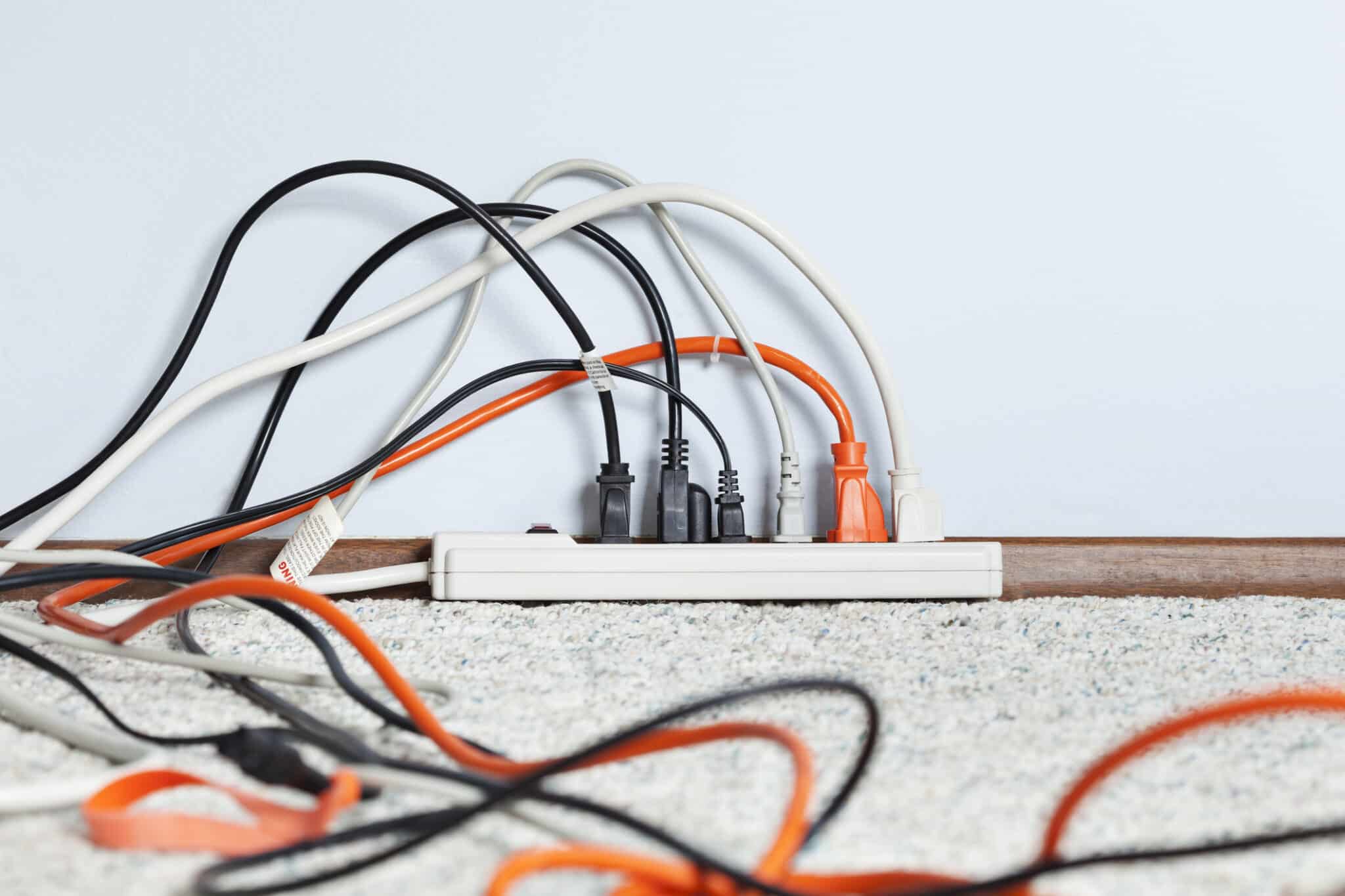
Common Electrical Hazards at Outdoor Events
Hosting outdoor fall events can be exciting, but electrical hazards are something you can’t afford to overlook. From overloaded circuits to water exposure, several common issues can pop up if you’re not careful.
Identifying potential hazards early on can save you from major problems and keep your event running smoothly. Let’s look at some of the main hazards and how to prevent them before they become dangerous.
Overloaded Circuits
Plugging too many devices into one outlet can easily overload circuits, leading to overheating and potential fire hazards. This is especially common at events with multiple lights, sound systems, and kitchen equipment all drawing power from a few outlets.
To prevent this, avoid using power strips for high-wattage items and spread out your connections using separate circuits to balance the load. If you’re not sure which items draw the most power, check the equipment labels for wattage ratings. Always remember: It’s better to have a few extra outlets than to risk overloading your setup.
Water Exposure
Water and electricity never mix! If it suddenly rains or if you’re near a water source, any exposed electrical equipment can become extremely dangerous. Water can cause equipment to short-circuit, which could lead to electric shocks or even fires.
To avoid this, always use weatherproof covers for all electrical connections and keep cords elevated off the ground to minimize any chance of contact with puddles or damp surfaces. Additionally, if rain is in the forecast, consider moving sensitive equipment under tents or sheltered areas to stay safe.
Poorly Maintained Equipment
Old or damaged cords, faulty connections, and equipment that hasn’t been checked in a while are serious hazards that can cause electrical shorts or fires. Frayed wires or loose plugs are especially dangerous because they can easily spark or fail unexpectedly.
Before setting up, make sure to inspect all your equipment thoroughly, looking for signs of wear, fraying, or exposed wires. Replace any faulty items immediately—don’t wait until something goes wrong. Keeping equipment in good condition ensures that your power setup is reliable and safe throughout the event.
Preparing for an Outdoor Event
When preparing for a fall event outdoors, it’s important to consider electrical safety as part of your setup plan. Taking a few extra steps beforehand can help avoid potential issues later.
Planning ahead not only keeps everyone safe but also reduces the chance of unexpected disruptions during your event. Let’s look at two essential steps you should take to ensure a smooth and safe experience for your guests.
Conducting a Safety Inspection
Before plugging in any equipment, conduct a thorough safety inspection of your event space. Start by examining the area for any existing electrical outlets, power sources, or wiring that might be exposed.
If you notice any damage, contact a professional electrician to make the necessary repairs. Check for potential hazards like puddles, wet areas, or tripping risks that could cause accidents.
This step is crucial because fixing these issues ahead of time can prevent equipment damage or, worse, electrical accidents during the event.
Using Outdoor-Grade Equipment
Not all electrical equipment is designed for outdoor use. Using indoor equipment outdoors can be a major hazard, as it’s not built to withstand weather conditions like rain, wind, or humidity.
To stay safe, make sure to use outdoor-grade extension cords, outlets, and lighting that are specifically rated for external use. These products are designed to handle tough conditions and offer additional insulation to protect against water and moisture. By investing in the right equipment, you can greatly reduce the risk of short circuits and electrical failures.
Proper Use of Extension Cords
Extension cords are often essential for outdoor events, but improper use can quickly turn them into safety hazards. From choosing the right type of cord to ensuring they’re set up safely, it’s important to know how to handle them correctly.
Whether you’re powering food stations, lighting, or sound equipment, following a few simple rules can keep your event running smoothly. Let’s break down what you need to know.
Choosing the Right Extension Cord
Not all extension cords are created equal. Make sure to select cords that are rated for outdoor use, as these are built to handle weather and heavier electrical loads. Using an indoor cord outdoors can lead to overheating and potential fire hazards. Look for cords labeled “outdoor use” or those with thicker insulation.
Also, check the cord’s length and gauge—longer cords can handle less power, so choose one that matches your equipment’s needs. Having the right cord can prevent electrical shorts and reduce the risk of accidents.
Safe Cord Placement
How you place your cords matters just as much as which cords you choose. Never run cords across walkways or high-traffic areas, as this creates a serious tripping hazard. Instead, try to run them along the edges of spaces or tuck them neatly behind equipment.
If a cord must cross a walkway, use a heavy-duty cord cover to keep it secure and visible. Also, avoid looping or tightly coiling your cords, as this can cause them to overheat. Proper placement keeps everyone safe and prevents damage to the cords themselves.
Setting Up Electrical Equipment
Setting up electrical equipment correctly is key to ensuring a safe and successful outdoor fall event. With various devices such as speakers, lights, and heaters, it’s essential to make sure each piece is installed and protected properly.
A safe setup not only reduces the risk of accidents but also ensures that your equipment functions efficiently throughout the event. Let’s explore some crucial tips to keep in mind when setting up your electrical gear.
Keeping Equipment Dry
One of the most important safety rules is to keep all electrical equipment dry. Water exposure can easily cause short circuits, leading to potential electric shocks or fires. To prevent this, place your equipment in dry areas away from any water sources, such as sprinklers or wet grass.
Use plastic covers or waterproof enclosures for extra protection, especially if there’s any chance of rain. Additionally, elevate extension cords and plugs off the ground using stakes or cord organizers to minimize the risk of contact with moisture. Taking these precautions ensures that your event setup is safe, even if the weather changes unexpectedly.
Using Ground Fault Circuit Interrupters (GFCIs)
Using Ground Fault Circuit Interrupters (GFCIs) is one of the easiest ways to boost safety for your outdoor electrical setup. GFCIs are designed to automatically shut off power if they detect any irregularities, such as a short circuit or ground fault.
This quick action prevents serious injuries like electrical shocks. Install GFCI outlets at power sources or use GFCI extension cords for extra protection.
They are particularly important in damp environments or areas where water exposure is possible. Adding GFCIs to your setup provides a crucial safety net against unexpected electrical issues.
Electrical Safety Tips for Lighting
Lighting is an essential part of most outdoor events, from creating a festive atmosphere to ensuring visibility after dark. However, improper lighting setups can lead to electrical hazards if not handled correctly.
Choosing the right types of lights and placing them safely is key to avoiding accidents. Whether you’re stringing up fairy lights or installing floodlights, follow these safety tips to keep your lighting setup secure and reliable.
Using LED Lights
When it comes to outdoor lighting, LED lights are a smart and safe option. Unlike traditional incandescent bulbs, LEDs generate less heat, reducing the risk of overheating and fire.
They are also more energy-efficient, which means you can connect more of them without overloading your circuits. Additionally, many LED lights come in outdoor-rated versions, making them better suited for handling the elements.
Opt for UL-rated LED lights that are specifically designed for outdoor use, ensuring they can withstand rain, wind, and temperature changes. With LEDs, you get a bright and safe lighting option that’s perfect for fall events.
Safe Placement of Lights
Where you place your lights is just as important as the type of lights you use. Avoid placing lights near flammable materials like dry leaves, fabric, or wooden structures. Instead, install them in open areas where they have enough space to dissipate heat safely.
Securely hang string lights using insulated hooks or ties, and never use nails or staples, as they can damage the wiring. If you’re running lights along the ground, keep them clear of walkways to prevent people from tripping. Proper placement ensures that your lighting setup is safe and minimizes the risk of accidents.
Managing Power Sources
Managing power sources is a crucial part of ensuring electrical safety at any outdoor event. Whether you’re using a standard outlet, a portable generator, or a combination of both, understanding how to safely distribute and handle power is essential.
Proper power management prevents overloading circuits, reduces fire hazards, and keeps your equipment running smoothly. Let’s explore some key tips for electrical safety when it comes to managing power sources at your next fall gathering.
Generator Safety
Using a generator can be a convenient way to power your outdoor event, but it’s important to follow electrical safety guidelines to prevent accidents. Always place generators in well-ventilated areas away from crowds to reduce the risk of carbon monoxide poisoning.
Make sure the generator is on a flat, dry surface, and use heavy-duty, outdoor-rated extension cords to connect equipment. Never refuel a running generator—turn it off and let it cool down first. Following these steps ensures that your generator is operating safely, reducing the risk of electrical and fire hazards.
Proper Fuel Storage
Fuel storage is often overlooked when considering electrical safety at outdoor events. If your generator runs on gasoline, it’s vital to store fuel safely. Keep fuel containers in a cool, well-ventilated area away from the generator and other electrical equipment to avoid accidental ignition.
Use only approved fuel containers, and never overfill them. Also, keep a fire extinguisher nearby in case of emergencies. Being cautious with fuel storage helps ensure electrical safety and minimizes the risk of dangerous situations.
Emergency Preparedness
No matter how well you plan your event, unexpected situations can still occur, making emergency preparedness a crucial aspect of electrical safety. From power outages to potential electrical fires, knowing how to respond quickly can prevent a minor problem from becoming a major disaster.
Being prepared not only protects your guests but also helps you handle emergencies calmly and efficiently. Let’s look at a few steps you can take to be ready for any electrical emergency.
Creating an Emergency Plan
Having a solid emergency plan is the first step in ensuring electrical safety for your event. Begin by designating a team member or volunteer to oversee safety procedures and communicate with event staff.
Make sure everyone knows where the power sources are located and how to turn them off in case of an emergency. Additionally, keep emergency contact numbers on hand for local electricians or emergency services. By establishing a clear plan and assigning roles, you can respond quickly and safely to any electrical problem that may arise.
Knowing When to Call for Help
Sometimes, fixing an electrical issue on your own isn’t the safest option. If you encounter problems like exposed wires, sparking outlets, or smoke, it’s crucial to know when to call for professional help.
Never try to repair damaged equipment or circuits without the proper tools and training. Turn off the power at the source and keep a safe distance until a professional electrician can assess the situation. Prioritizing electrical safety and knowing your limits can prevent accidents and ensure that issues are resolved correctly.
Keep Your Fall Events Safe—Contact the Experts!
Planning an outdoor event in Lancaster, York, or Harrisburg, PA? Don’t let electrical safety hazards ruin the fun! At Mister Sparky of Lancaster, we specialize in ensuring electrical safety for all types of events.
Our experienced team can help you identify and address potential electrical safety issues, from inspections to safe equipment setups. Reach out today to make sure your event meets the highest electrical safety standards, so you can focus on enjoying the festivities with peace of mind.
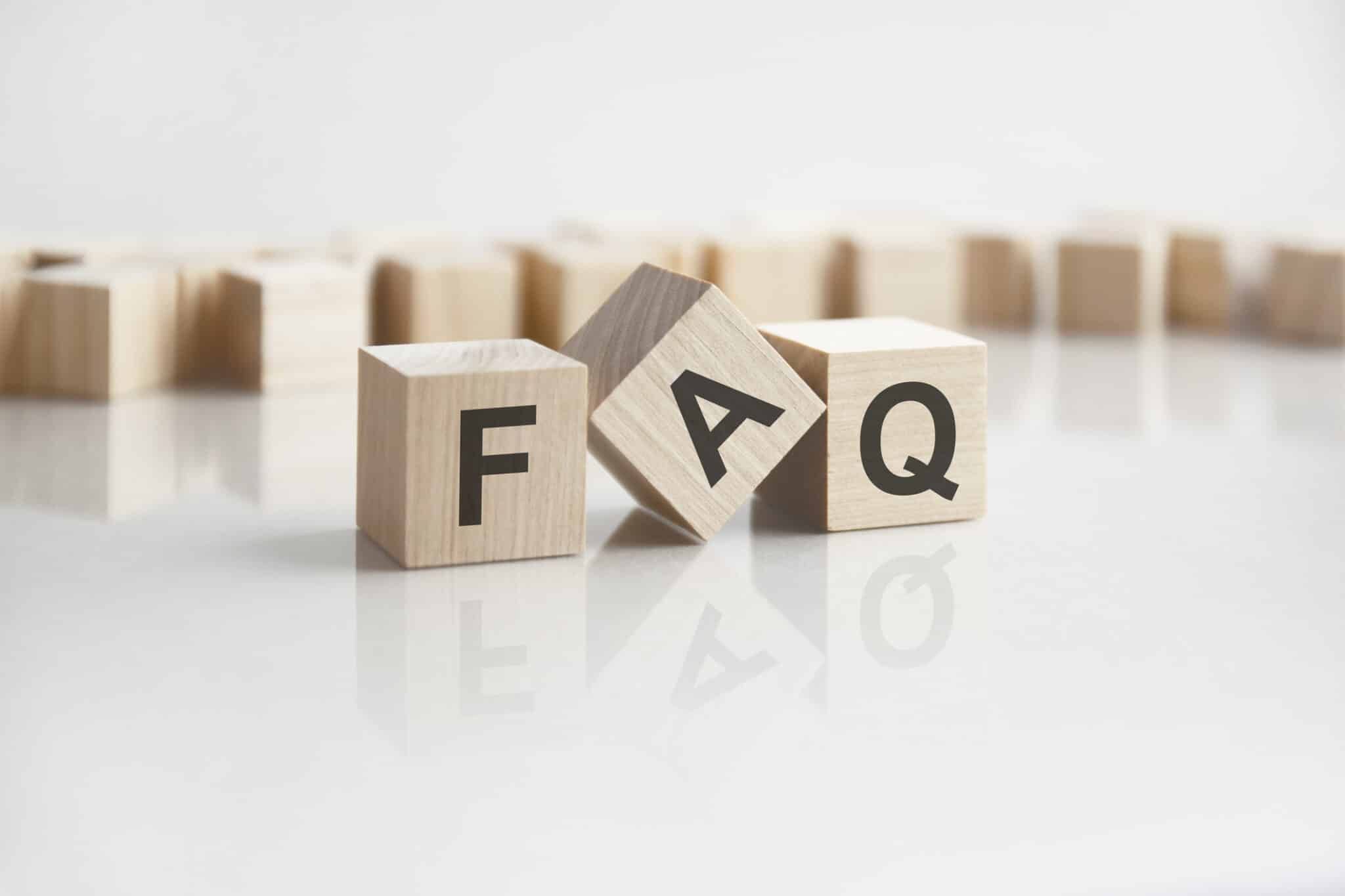
Electrical Safety FAQs
What should I do if I see a downed power line?
If you see a downed power line, stay far away and do not touch it. Downed lines can still carry electricity, even if they don’t look active. Immediately call your local utility company and emergency services. Keep others away from the area until professionals handle the situation. Remember, electrical safety means never taking chances with live wires.
How can I tell if my electrical equipment is safe to use?
Before using any equipment, check for visible damage such as frayed cords, exposed wires, or loose plugs. Make sure all devices are rated for outdoor use and have no signs of wear. If something looks off, don’t risk it—replace it or consult a professional. Regular inspections are a key part of maintaining electrical safety at your event.
What are the signs of an electrical emergency?
Signs of an electrical emergency include sparking outlets, a burning smell, equipment overheating, or sudden power loss. If you notice any of these, turn off the power at the source and evacuate the area if necessary. Call for help immediately. Staying alert to these warning signs is vital for electrical safety.
Can I use indoor extension cords outside?
No, indoor extension cords should never be used outdoors. They lack the proper insulation to handle moisture and temperature changes, which can lead to short circuits or fires. Always choose cords labeled for outdoor use to ensure electrical safety during your event.
How do I safely connect multiple devices at my event?
To avoid overloading circuits, spread out devices across multiple outlets and use heavy-duty, outdoor-rated extension cords. Don’t daisy-chain multiple power strips or cords together, as this can lead to overheating. If you need more power, consider using a portable generator with electrical safety features like GFCIs.






